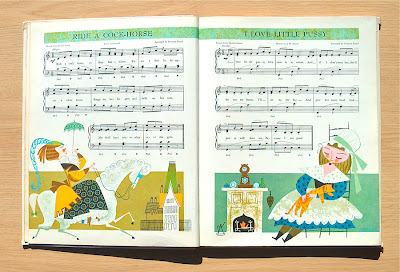What could be nicer than having breakfast with this delightful salt and pepper set sitting on the table? The intense blue colour, the stylish, modern shape, and the graphic illustrated bird design – it's a real joy.
This is the work of designer John Clappison and believe-it-or-not, this bird cruet set dates from 1966. The set is from a range produced at the time by Hornsea pottery. Other animal cruets in the range are owls, cats and fish. One of the birds (the salt) has a single hole at the front of its beak, the other (the pepper) has three small holes. The sets were all printed in black onto either brown, green or blue backgrounds. I like the blue.
Some time ago, I did a blog-post on the owl cruets from this range. Remember this:
Owl cruets.
The more I look at these pieces, the more I can't help thinking that, in a way, the work has a Scandinavian feel to it. I wasn't surprised, therefore, to learn that John Clappison had been to Sweden in 1962. He visited the Gustavberg factory where he met Stig Lindberg at his studio. John also met Gunnar Nylund during this period. In earlier years, John Clappison had met Nils Thorsson at the Royal Copenhagen factory. John had also discovered the work of Nils Kähler at Kähler Keramic. John says that Kähler's work had a big influence on him at the time.
Who knows? perhaps some of that Scandinavian freedom of expression was in the back of the mind of John Clappison when he produced these little gems.


















